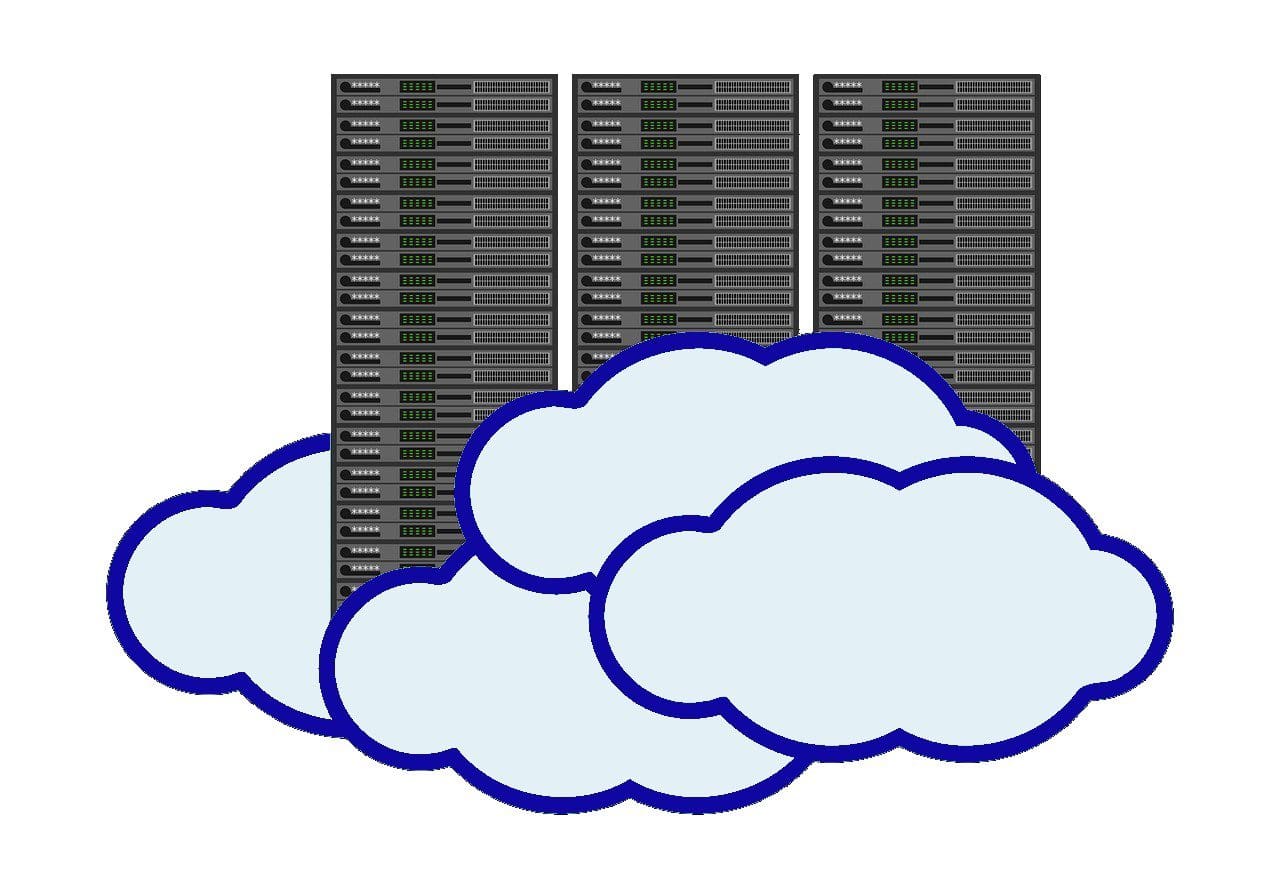
Cloud
The Cloud provides shared processing resources and data to computers and other devices on demand. In other words, it is a delivery model for IT services and resources where instead of having the resources located on a company’s own premises, they are provided over the internet as a service.
The immediate benefits of cloud computing include:
BRIGHTCENTRA has teamed up with the Top Cloud, Servers, and Storage Partners in the business to deliver a simpler solution for your specific cloud requirements.
Cloud Service Process
Our Cloud services include the steps as outlined below :
Assessment and Planning: Evaluate your current IT infrastructure, applications, and workloads to determine which are suitable for the cloud. Develop a migration strategy and determine the most appropriate cloud services for your needs.
Preparation and Security: Configure your environment to support the migration to the cloud, including security and networking. Ensure that all data and applications are properly secured and protected before migration.
Data Migration: Transfer data and applications to the cloud, testing and optimizing as necessary. This involves choosing the right migration method, such as a lift and shift or re-architecture, and implementing it effectively.
Monitoring and Optimization: Continuously monitor and optimize the performance, cost-effectiveness, and security of your cloud environment. This includes implementing tools and processes to manage and maintain your cloud environment.
Management: Establish ongoing processes and tools to manage your cloud environment, including updating and patching your applications and infrastructure, as well as monitoring performance and security.


Public, Private, or Hybrid Cloud
A company’s choice between public, private, or hybrid cloud is often based on the specific needs and requirements of their organization, including security, compliance, performance, and cost.
Public Cloud: Refers to a cloud computing service that is made available to the public over the internet. Public clouds are often used for applications that do not require high levels of security or customization and are ideal for companies looking for a cost-effective solution.
Private Cloud: This is a cloud computing environment that is dedicated to a single organization. Private clouds are often used for applications that require a high degree of security and customization, and are ideal for companies that need to meet strict security and regulatory requirements.
Hybrid Cloud: This is a combination of both public and private clouds, allowing organizations to leverage the benefits of both. Hybrid clouds are often used to achieve a balance between security and cost-effectiveness, and are ideal for organizations that need to run sensitive workloads while still being able to take advantage of public cloud services for non-sensitive workloads.
In all three cases, it is important to have a clear understanding of your organization’s needs and requirements and to choose the right cloud solution to meet those needs. A well-planned and executed cloud implementation can bring significant benefits to your organization, including increased efficiency, scalability, and cost-effectiveness.
